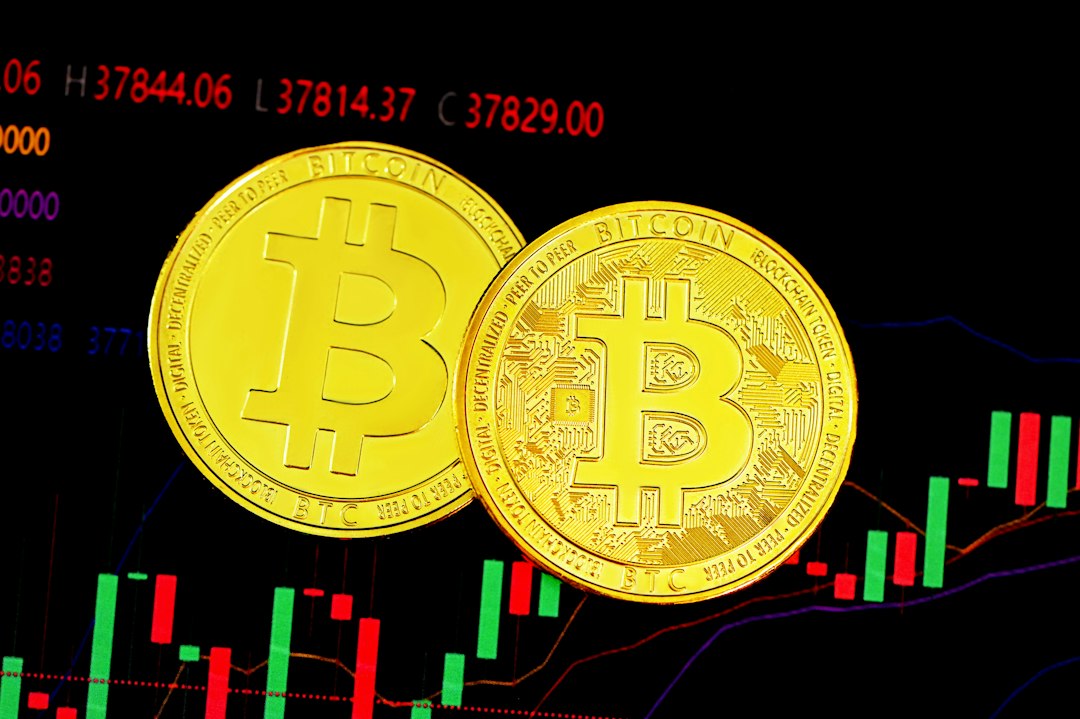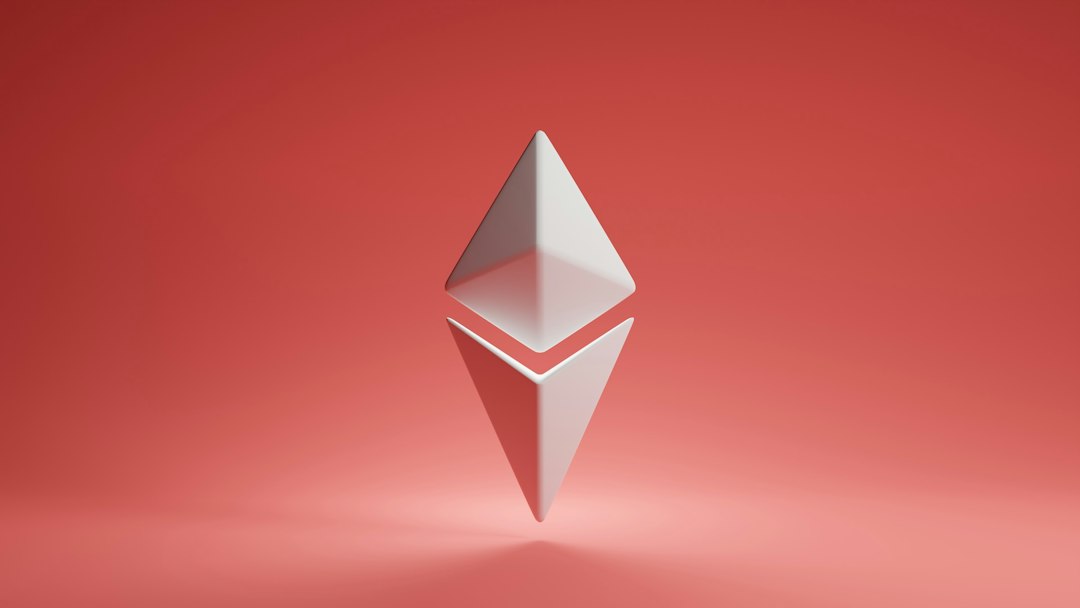Bitcoin’s Next Halving and Price Forecasting
The next halving of Bitcoin is expected to occur in the spring of next year, although the exact date is not yet confirmed. Many predictions are already being made about the price of Bitcoin after the halving. It’s important to note that halving does not directly impact the price of Bitcoin. Instead, it refers to the reduction in the reward given to miners when they successfully mine a block.
The Impact of Halving on Supply and Demand
After the halving, the daily supply of newly created BTC decreases from 900 to 450. This reduction in supply could potentially lead to a decrease in the amount of BTC that miners sell each day. However, reducing supply alone is not enough to drive up prices. Demand also needs to remain constant or increase.
Historical Impacts of Halving
Previous halvings in 2012, 2016, and 2020 have triggered bull runs in Bitcoin’s price, but not immediately after the halving. The bull runs typically started months later and lasted for approximately 12 months. The timing of the halvings has varied, occurring earlier than expected, while the bull runs have followed a consistent pattern.
Forecasting Bitcoin’s Future Halving
Many predictions are circulating about Bitcoin’s price after the next halving. Some argue that it may not follow previous patterns due to current monetary policies set by central banks. However, most forecasts seem positive, with some suggesting that Bitcoin could reach its previous highs of around $70,000 or even higher at $100,000 or $250,000. The long-term price path of Bitcoin is believed to be influenced by its scarcity and internal monetary policy rather than macroeconomic factors.
Hot Take: The Role of Scarcity and Halving in Bitcoin’s Price
While macroeconomic factors can influence Bitcoin’s price in the short term, its long-term trend is driven by scarcity and the halving event. As demonstrated by past halvings, the reduction in supply and the loss of purchasing power in fiat currencies play a significant role in driving up Bitcoin’s price. The 2024/2025 period will provide further evidence to confirm or deny this hypothesis.





 By
By
 By
By
 By
By
 By
By
 By
By